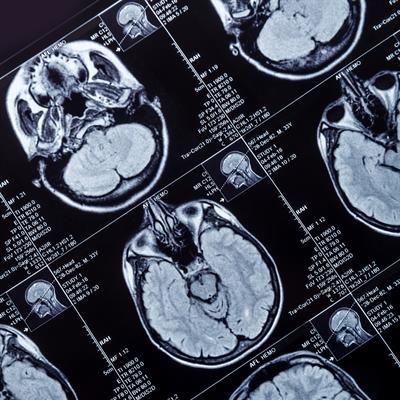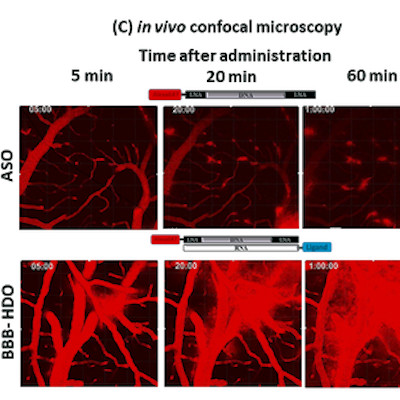August 16, 2022 -- Cells in the blood-brain barrier regulate nerve ensheathment and neurotransmitter release in fruit flies, suggesting they may play a role in neurological conditions in humans.
The barrier, which controls the molecules that enter the nervous system, breaks down in conditions such as epilepsy, multiple sclerosis, and Alzheimer's disease. While barrier breakdown is traditionally seen as a byproduct of disease, the paper published August 15 in the Proceedings of the National Academy of Sciences (PNAS) shows it may actually contribute to the development of neurological conditions.
"We are finding that the barrier is not just a protective check but also a source of regulation. It can cause problems rather than simply being a byproduct of neurodegeneration. We are learning now that there is definitely a two-way street," Pejmun Haghighi, PhD, a Buck Institute for Research on Aging professor and co-author of the PNAS paper, said in a statement.
The researchers uncovered evidence of the two-way street by investigating metalloproteinases, a class of enzymes involved in neuronal development and plasticity. Metalloproteinases regulate the extracellular matrix (ECM), a mediator of interactions between neurons and a layer in the blood-brain barrier, namely the subperineurial glia (SPG).
A small-scale, glial-specific transgenic RNA interference screen identified the transmembrane ligand Delta as a prominent transcriptional regulator of Mmp1, a metalloproteinase, in both the central and peripheral SPG. The researchers then performed a genetic analysis that revealed that signaling provided by Delta/Notch in SPG controls the expression of Mmp1.
When functioning normally, the inhibitory signal ensures the integrity of the ECM and septate junctions of SPG cells while supporting the ensheathment and function of motor nerve bundles. Perturbing the signal impairs ensheathment and barrier function, compromising muscle contractions and neurotransmitter release.
The results come from flies but, when viewed in conjunction with evidence from humans, they point to a potential role for Delta/Notch signaling in the maintenance of barrier function. The researchers see the study opening up "a potential new avenue for novel therapeutic targets aimed at countering disease-induced damage in barrier function in the nervous system" and want to build on their findings.
"We are hoping that we can work backwards to understand overall what the relationship is between the blood-brain barrier and neurodegenerative diseases," Haghighi said. "We are exploring all these signaling pathways to see if we can translate our findings from larval synaptic function to more of a universal age-dependent model of neurodegeneration."
Copyright © 2022 scienceboard.net









